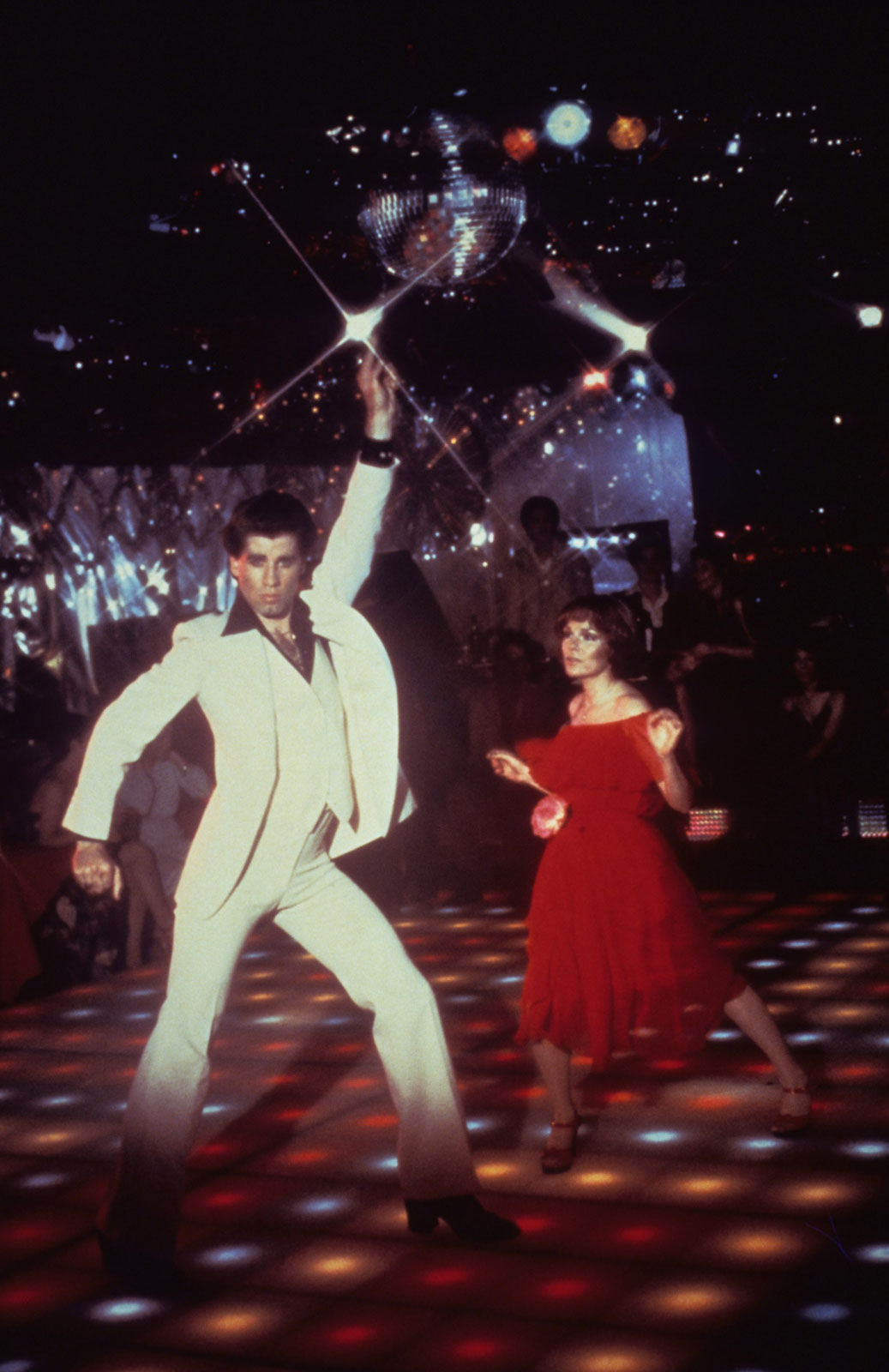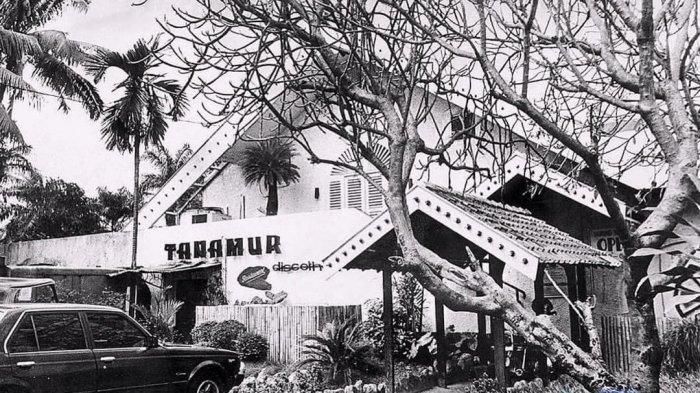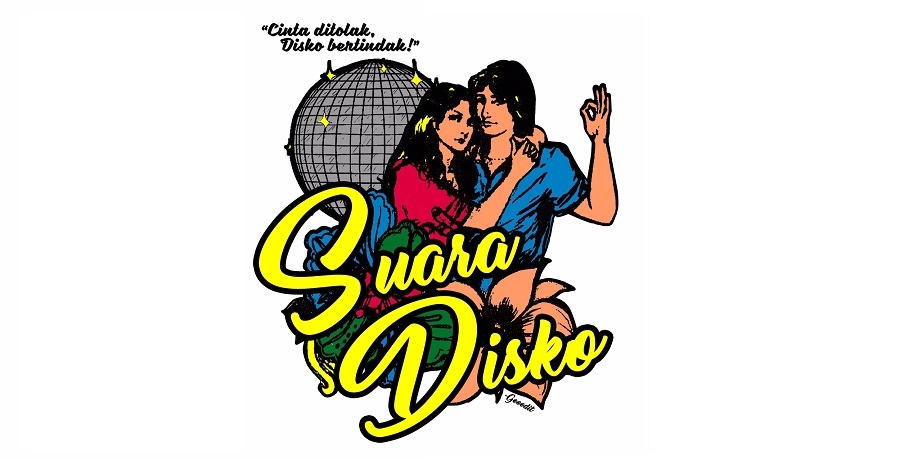Death and Rebirth of Indonesian Disco Era
Saturday Night Fever, the icon of the disco film – Photo taken from https://www.britannica.com/art/disco
People love listening to music every single day. Why? Because they take joy in the feeling of being connected and related to the melodies and lyrics. The diversity in our society also makes them listen to different genres like pop, dangdut, jazz, blues, indie, and many more. Anyway, do you know that some people are introduced to certain music genres by their parent(s)? Like it or not, we are most likely to be attached to the genres we know from our parent(s) as it has a special place in our hearts somehow. So, are you aware that disco is the ICONIC old music genre?
Disco is like a serotonin pill. When we feel angry, sad, or heartbroken, it will reduce our negative emotions and make us dance to the beat. The energetic moment will be attached to our brain, and we tend to repeat the disco sounds in our brain. The feeling is like when somebody breaks our heart, disco is always there for us. And that is what I feel when I am listening to Indonesian disco in my Spotify playlist! Click this link to my ~old Indonesian songs~ playlist.
Disco is like a serotonin pill. When we feel angry, sad, or heartbroken, it will reduce our negative emotions and make us dance to the beat
Now, we take a glance back at the 1980s, the golden age of the Indonesian disco. Jakarta was like the city of sin, as casinos and nightclubs were scattered around the city. The reason? It was because the former Jakarta Governor, Ali Sadikin, wanted to develop his city so that the investors would be interested to throw their money into Jakarta’s growth. As a result, there was much entertainment built in the 80s. The New Order (Orde Baru) marks the beginning of the exposure to new lifestyles; like Western culture becoming acceptable is the reason why the golden era was born. The massive culture shock brought adolescents to imitate and talk more about Western culture.
John Travolta, a popular actor in the 70s, was one of the influences on Indonesia’s fondness for disco. Not only that, Travolta and some other Western musicians also influenced our parent(s)’ favorite singers, such as Chrisye, Fariz RM, Guruh Soekarno Putra, and other music pieces. Being one of the most famous movies in the late 1970s, the soundtrack from Grease (1978) and Saturday Night Fever (1977), took part in influencing Indonesian discography as well. That is one of the pioneers of some Indonesian songs, namely ”Galih dan Ratna”, ”Sakura”, and ”Lagu Putih”.
Remnants of Tanamur – Photo was taken from https://www.kompasiana.com/jeniffer68599/6006a86a8ede4865e10b0592/tanamur-sisa-dentuman-disko-di-diskotek-pertama-dan-tertua-di-jakarta
Based on the VICE Indonesia interview with Fariz RM and many disco enthusiasts, they talked about Tanamur, the first and oldest former discotheque in Jakarta. A fun fact, the owner of the Tanamur is Ahmad Fahmy Alhady, Ratna Sarumpaet’s ex-husband. Tanamur was the heaven on earth where people had the freedom to do everything they wanted, from dancing to the disco up to having WILD parties. Sadly, this place has now become a ruin because the golden era is “dead.” It’s sad for those who witnessed the end of this era, it only becomes memories that linger in our hearts.
Tanamur was the heaven on earth where people had the freedom to do everything they wanted, from dancing to the disco up to having WILD parties.
Suara Disko, the modern era of Indonesian disco – Photo taken from https://gigsplay.com/suara-disko-vol-3-digelar-awal-bulan-desember-2016/
At the end, around 2015, the gen Z and Millennials brought back this golden era, a massive phenomenon for old Indonesian songs. Suara Disko is an annual event (created in 2015) where they play Indonesian songs back from the 70s to the 90s, which is a rare occasion for the youngsters to embrace their inner old soul in the dancefloor. Even the event organizer invited Fariz RM, The Groove, and Agrikulture as performers. The scene of Suara Disko can be seen like the atmosphere of the 80s, it feels nostalgic. So why are Indonesian disco trends arose from its death? Merdi, one of the Diskoria Selekta members, views the current music that has been played in the club as very monotone. The club only plays songs with the same genre repeatedly. Music groups such as Diskopantera, Monday Mayhem, and Diskoria Selekta were created to perform a sing-along song in the club and easily make the audience dance together.
Back to Suara Disko, the event brings the young generations to dig more about many old songs. They don’t care about the stigma and do not find the pieces in Suara Disko as tacky ones. They simply enjoy it and see it as an entertaining song. This is when Fariz RM feels that his song, “Sakura”, is delivered to the audience like he always had imagined in the 80s. We can conclude that the enthusiastic people, who were born in the 1990s and 2000s for old music, were filled with gratitude to Suara Disko and current musician influences. If you want to reminisce the spirit of the 80s Indonesian disco with new-released songs, you can listen to “Balada Insan Muda”, ”Serenata Jiwa Lara”, and “C.H.R.I.S.Y.E”!
The influence toward youth urban taste in music is obvious, and can be seen at how the current Indonesian musicians style are inspired by the old ones. Wait guys, suddenly I feel nostalgic. So, when I was 8 years old, my father introduced me to Chrisye, his favorite musician. He was always listening to Chrisye’s songs with his old CD player in the car. As a kid with a high curiosity about everything, I always asked my father about Chrisye. He told me that Chrisye was like a legend during the 80s. Being familiar with old Indonesian songs makes me find them soothing and entertaining. I also acknowledged the Indonesian disco after Suara Disko went viral. But the enthusiasm toward disco lingered with me after watching Diskoria Selekta in Sky Avenue 2018 (SMA Labschool Kebayoran’s art event). Writing this article makes me feel thankful to whoever brings back this era. In the end, we know that there is no stigma in people’s taste in songs. You can listen to the old songs without being judged as a hillbilly and be nonchalant at the mockery.
Editor: Handiko Wijaya & Clara Nathania





